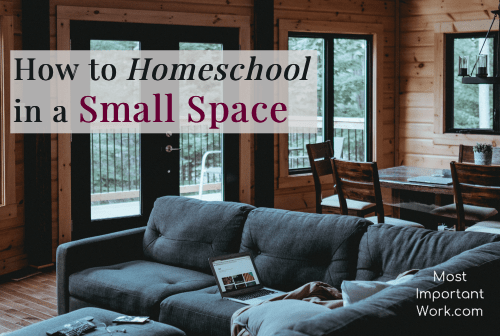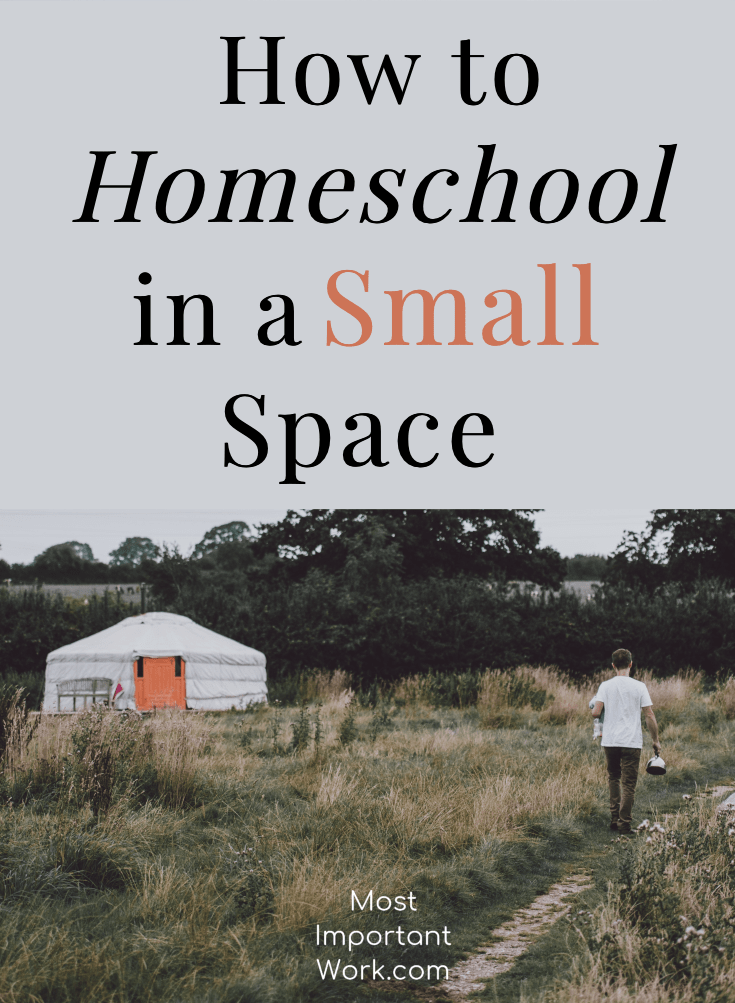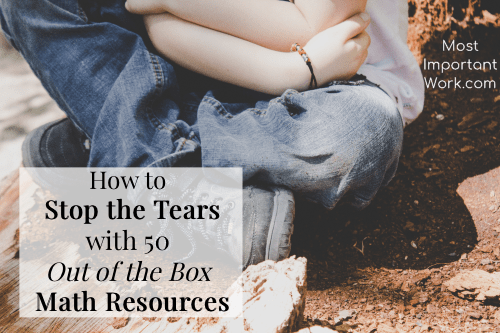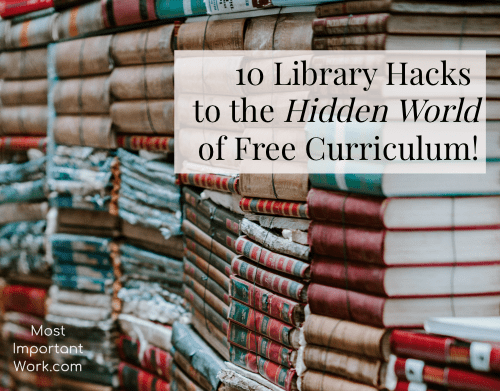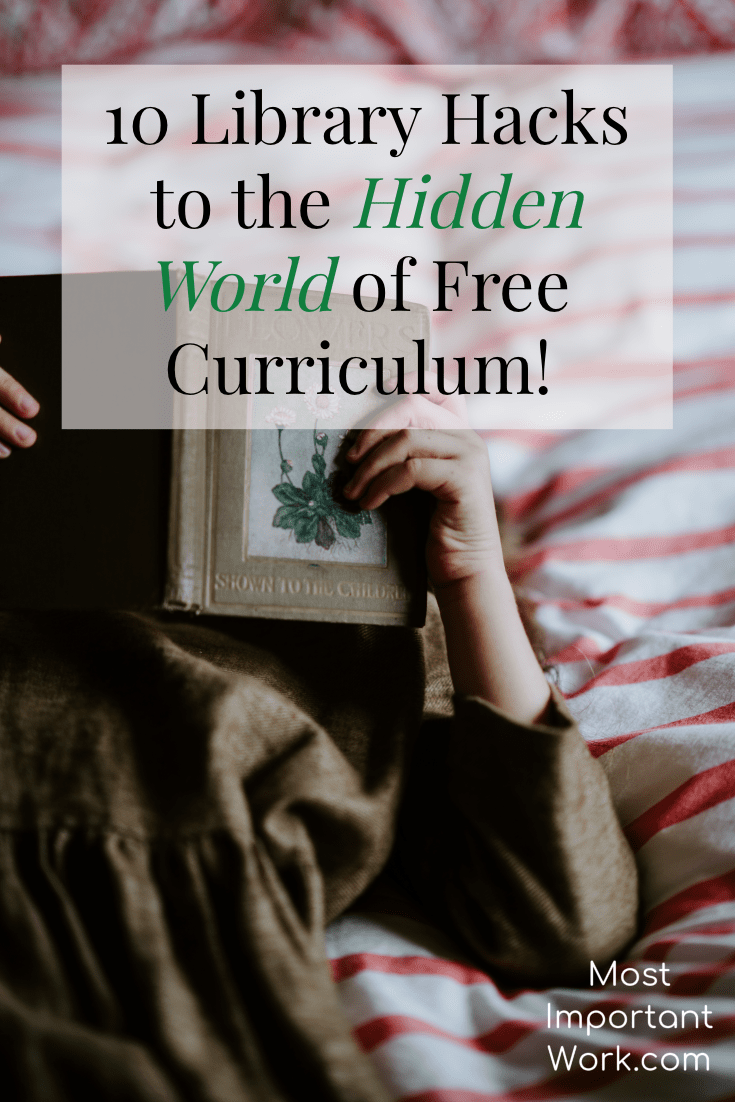
How To Homeschool When You Wake Up On The Wrong Side Of The Bed
Reading Time: 5 min 28 sec
We have all had those mornings where we oversleep and wake up to our kids’ incessant demands for food, justice, and love all at once, and at an unmistakable roar. We stumble to the coffee maker and pray that the coffee will be made at lightning speed as we listen to that roar turn into a circus. We wonder why is there SO MUCH NOISE at 7am?!
We dream of someone else sweeping in and taking over the chaos so we can catch a breather. Unfortunately, a large majority of the time, that sweeper is us. We heave a sigh and pray for patience and the strength to make it through the day. As a mom (and primary teacher) it can be a bummer to know that you set the tone for the day.
Our kids can pick up on our moods through walls and at
opposite ends of the home.
They can internalize our grumpiness, our stress, and our impatience and it will come out in undesirable ways. The Ron Hall quote, “If Mama ain’t happy, ain’t nobody happy.” can be infuriatingly accurate.
So how do you homeschool on days that you just want to curl up under the blankets, put a pillow over your head, and restart the day? How do you not just survive but redeem a lousy day?
We are going to be talking about eight tips for salvaging those grumpy days.
1. Keep The End In Mind
2. Focus on the Have-To’s
3. Follow a Rhythm
4. Go Outside
5. Focus on Relationships
6. Utilize Digital Resources
7. Take Time for You
8. Simple Meals and Fun Treats

1. Keep the End in Mind
We need to begin with the end in mind. If we want to homeschool long term we need to be proactive in practicing self-care. As a homeschool mom, it can be easy to fall into the trap of just going, going, going each day, which leads to a burned out, irritated mama.
We need to keep our long-term vision in place and understand that there are days when we need to give ourselves the gift of rest. I would rather move slowly and practice self-care than burn out and ship my kids off to boarding school.
2. Focus on the Have-To’s
For those days when you can’t stay at home, I would encourage you to eliminate as many outside activities as possible. Your kids would rather have a mom who is loving, kind, and present then a mom who is biting everyone’s heads offs as you rush, rush, rush to activities.
There are some things that we are not in control of and can’t be postponed. However, you would be surprised at how many things we can adjust with a little creative thinking. I know you were planning to visit the library, grocery store, and soccer practice today but can they be postponed until tomorrow or next week? Will the world come to an end if your child misses one piano lesson? Ask yourself what has to happen today and eliminate the rest.
3. Follow a Rhythm
On those tough days give yourself room to move slowly, whether it’s taking time to sip your coffee (instead of gulp), or by taking an extra-long shower. If you have older kids tell them to go play quietly in another room and with littles allow them to play in a pack n play. Your goal is to give yourself grace and space to wake up and move throughout your day.
Kids thrive on predictability. Instead of removing all structure in favor of a lazy day employ the joy of a rhythm. A rhythm has the benefit of a structure without set time limits. Who wants to be constantly chasing a schedule all day when you are already feeling out of sorts? Give yourself permission to move slowly and rest of a rhythm instead of a schedule.

4. Go Outside
One of the best ways to reset the day is getting outside. Even if you don’t feel like moving (I know that feeling), push yourself, and get everyone out the door. It will be worth it!
Go for a walk, visit a park, hike a trail. Time outside will increase your energy, decrease your stress, and burning your kids excess energy, sounds like a win, win to me!
5. Focus on Relationship
Focus on savoring relationships instead of trying to knock out accomplishments. Do something fun together. Engage in a hobby or grab the art supplies and head outside.
Today, I would encourage you to save your strength by avoiding areas of contention and set yourself up for success. You can do this by thinking outside of the box. If you know that math will be a struggle, grab a board game. Snuggle on the couch and read a stack of your favorite picture books, or write a letter to a family member, instead of a reading or language arts lesson.
You can still homeschool by utilizing alternative resources to accomplish your objectives. Focus on relationships instead of crossing off to do’s and it will transform your day.
My Favorite Picture Book Series:
- The Katie Series by James Mayhew (Art)
- The Sir Cumference Series by Cindy Neuschwander (Math)
- Magic School Bus Series by Joanna Cole and Bruce Degan (Science)
- Ordinary People Change the World Series by Brad Meltzer (History)
- Mercy Watson Series by Kate DiCamillo (Language Arts)
My Favorite Games: See this post for more game schooling ideas
- Quoridor– Logic (WE LOVE THIS GAME!)
- Story Cubes- Language Arts-Imagination
- Wildcraft- Science Study of Herbs
- Ticket To Ride First Journey – Geography
- Sum Swamp– Money Bags– Clumsy Thief– Math
6. Utilize Digital Resources
Give yourself the gift of letting your children learn from someone other than you. Remember today isn’t every day, and your mental health is crucial to the long-term sustainability of your homeschool.
Take advantage of some of the amazing learning resources via apps, audiobooks, videos etc. Some of my family’s most favorite memories are centered around listening to an audiobook while coloring or painting.
Here are some of my favorite apps:
- Reading Eggs/Math Seeds
- Piano Maestro (Free)
- Duolingo (Free)
- Rosetta Stone (Check out this post to check out if you can get this program for free)
Here are some of my favorite videos:
Here are some of my favorite audiobooks:
Also, my all-time favorite resource for slow days is Around the World Stories. You can check it out here!
7. Take Time For You
While your children are engaged in an activity (or taking a nap), take advantage of the time by replenishing your soul. Spend time with Jesus, read a book, engage in a hobby or build a nap into your day.
Taking time to participate in activities that recreate you
is crucial to your overall health.
8. Simple Meals and Fun Treats
I pull out the crockpot or fix easy dinners on tough days. This is not the day to be spending an hour in the kitchen trying out a new recipe (unless you love to cook). Bring out the taco soup and spaghetti!! Or call your husband and tell him its a Chipotle night! 🙂
Don’t forget the snacks! Yummy snacks like a cup of hot chocolate, fresh chocolate chip cookies, or warm banana bread can add some fun (and amazing memories) into your day.
Do you want more practical tips, AMAZING resources, and support on your homeschooling journey? Join our community of moms who are pouring into the lives of their families through homeschooling. Grab your free 10 Tips to Finding Excellent Curriculum checklist (get it below) to help YOU on your homeschooling journey!
What about you? What are your favorite tips for homeschooling on a tough day?
Please feel free to leave me a comment and don’t forget to follow Most Important Work on Pinterest!

